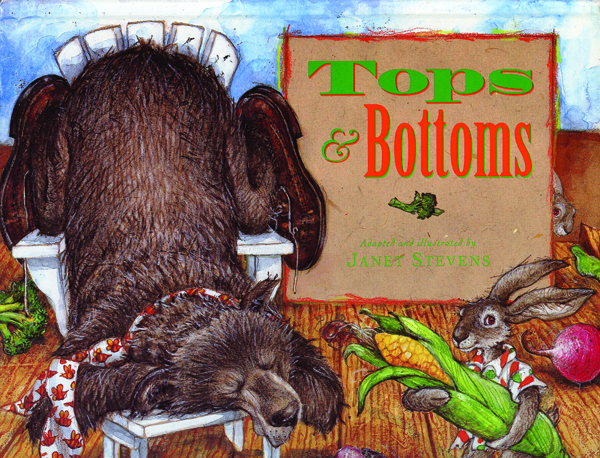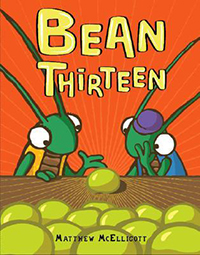Plants are an important part of our everyday lives. We need them to make oxygen, and they provide food and fabric so that we can have something to eat and something to wear. They also provide shelter, and they can even be used to make fuel for transportation. In some way, we use every plant part that there is. We eat the roots of some plants, the leaves of other plants, and we eat the fruit of many plants. It is seldom that we eat the entire mature plant. Usually when we eat plants, we call them either fruits or vegetables.
The botanical definition of a fruit is the part of a plant that develops from the flower and contains the seeds of the plant. The fruit covers and protects the seeds. A fruit may have fleshy or dry tissue. The definition of a vegetable (which is not a botanical term) is any edible part of a plant that does not contain the seed. Vegetables are usually the roots, stems, or leaves of the plant. In many cases these definitions do not match our cultural categorization of fruits and vegetables, which is generally based on whether the edible portion of the plant is sweet (fruit) or not sweet (vegetable).
Vegetables generally come from vegetative parts of plants. For example, lettuce and spinach are leaves, carrots and beets are roots, and broccoli and cauliflower are immature flowers. Other plant parts are more difficult to identify. Potatoes are not roots; rather, they are swollen underground stems (tubers). Onion bulbs are composed of modified stems and swollen leaves. The roots (which are not eaten) are attached at the base of the bulb.
Seeds are found inside the fruit of plants. A seed has a hard, protective outer coat (seed coat), and inside a seed is a baby plant (embryo) surrounded by its food supply (cotyledon or endosperm). Sometimes we eat the seeds of a plant, like when we eat corn, peas, beans, rice, wheat, and nuts.
Seeds are important. They are the means by which plants reproduce. In order for fruit and seeds to form, the flower of the plant must first be pollinated. Seeds come in a variety of sizes, shapes, and colors. As a seed sprouts, the parts of the plant develop. The roots, the underground part of the plant, take up water and minerals (nutrients needed for growth). The stem supports the leaves and flowers. The leaves capture energy from the sun for the plant (photosynthesis) and contain tiny holes or pores that allow moisture and air to move in and out of the plant.
Some students do not know that we eat plants. Others will have an understanding that we eat plants like fruits and vegetables to stay healthy, but they may have limited knowledge about what parts of plants we eat, why they are categorized as fruits or a vegetables, or what farmers have to do to grow them. This lesson will help students investigate and observe fruits and vegetables to learn about the parts of plants and the basic needs of living things.
 Read the book Tops and Bottoms by Janet Stevens with your students.
Read the book Tops and Bottoms by Janet Stevens with your students. Connect this seed lesson to math by reading Bean Thirteen by Matthew Mcelligott to your students. This funny story about bugs and beans combines well with math lessons on prime numbers and division.
Connect this seed lesson to math by reading Bean Thirteen by Matthew Mcelligott to your students. This funny story about bugs and beans combines well with math lessons on prime numbers and division.